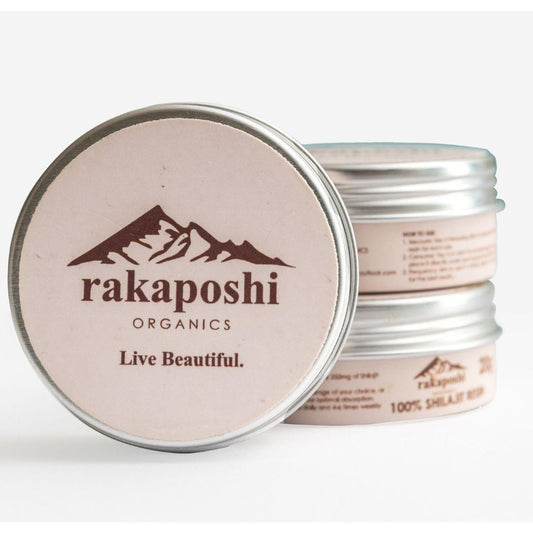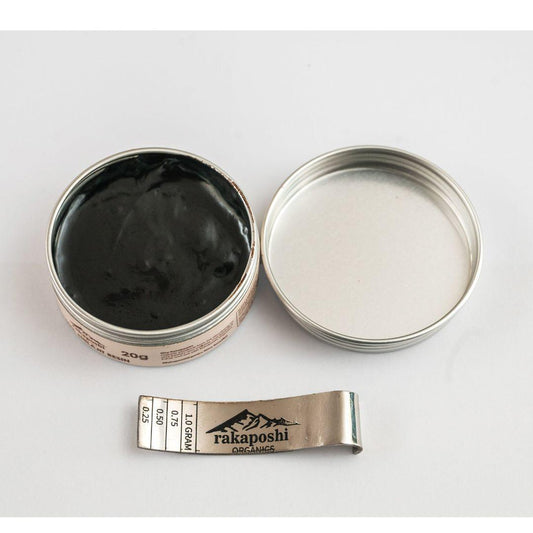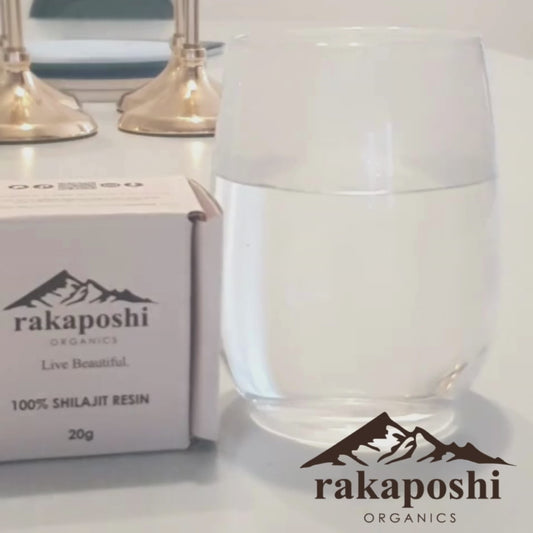
栄養に関する真実:流行やトレンドを超えて
共有
次なるダイエットトレンドに夢中になっている世界では、何を食べるべきかについて相反するアドバイスに圧倒されてしまうのは当然です。炭水化物はある日悪者とみなされたかと思えば、次の日には欠かせない燃料として称賛されます。肉だけのダイエットは人生を変えるほど効果的だと宣伝する人もいれば、危険だと宣伝する人もいます。一方で、加工食品の危険性は私たちの集合意識の中で大きく浮かび上がっています。では、真実は何でしょうか? どうすれば雑音を排除して、現代のライフスタイルに適した、持続可能で健康的な栄養摂取方法を見つけることができるのでしょうか?
秘密はここにあります。流行や極端なものの混沌の下にあっても、バランスのとれた栄養の原則は揺るぎません。水を飲むこと、野菜を食べること、節度を保つことなど、シンプルで長年実証されてきた真実は、健康的な食生活の基礎です。これらの基本を探り、よくある誤解を打ち破り、心身を養うための実践的なステップを見つけましょう。
バランスのとれた栄養の基礎
1. 水分補給を忘れずに: 水は命
水は、ほぼすべての栄養学の専門家が同意する唯一のものです。消化、エネルギー、そして全体的な健康に不可欠です。脱水は、疲労、脳の混乱、そして代謝の低下につながる可能性があります。体の機能を最適に保つために、1 日に少なくとも 8 杯の水を飲むようにしてください。プロのヒント: 細胞のエネルギーと回復をサポートするミネラル豊富な水分補給のために、ヒマラヤのシラジット樹脂をひとつまみ混ぜたコップ 1 杯の水で朝を始めましょう。
2. 野菜を栄養の宝庫として活用する
野菜は、ビタミン、ミネラル、食物繊維、抗酸化物質がたっぷり含まれており、私たちの食生活の陰の立役者です。葉物野菜、根菜、アブラナ科の野菜は、カロリーが低いのに栄養価が高いです。野菜を食事の主役にしましょう。カラフルなサラダ、ロースト野菜、ボリュームたっぷりのスープなどがおすすめです。
3. 節度:黄金律
最も健康的な食品でも、過剰に摂取すると問題が生じることがあります。適度に摂取すれば、極端な摂りすぎに陥ることなく、さまざまな食品を楽しむことができます。この原則は、贅沢なご馳走にも当てはまります。そうです、罪悪感なくデザートを時々楽しむことができます。
炭水化物の難問
精製炭水化物と複合炭水化物
炭水化物はよく悪評を買っていますが、どれも同じではありません。砂糖入りのシリアルや白パンなどの精製炭水化物は血糖値を急上昇させ、急降下を引き起こします。時間が経つにつれて、インスリン抵抗性や体重増加につながる可能性があります。
対照的に、全粒穀物、豆類、野菜に含まれる複合炭水化物は、安定したエネルギーと必須繊維を提供します。キヌア、オート麦、サツマイモなどを選んで、体にエネルギーを与え、長期的な健康をサポートしましょう。
タンパク質:筋肉のための食品以上のもの
タンパク質は筋肉を作る以外にも、組織を修復し、免疫機能をサポートし、満腹感を維持します。しかし、すべてのタンパク質源が同じというわけではありません。
- 動物性タンパク質:栄養含有量を最大限に高め、添加物への曝露を最小限に抑えるために、牧草で育てられた放し飼いの肉やオーガニック乳製品を選びましょう。
- 植物性タンパク質:レンズ豆、ひよこ豆、豆腐などの食品は、タンパク質とともに食物繊維も提供し、腸の健康と消化をサポートします。
プロのヒント: 朝のプロテイン スムージーに、豆粒大のシラジットを加えてください。シラジットの生理活性化合物は栄養素の吸収を高めるので、食生活に強力な効果をもたらします。
食物繊維の役割:過小評価されている栄養素
食物繊維はタンパク質や炭水化物ほどの刺激はないかもしれませんが、バランスのとれた栄養補給に重要な役割を果たします。果物、野菜、全粒穀物、豆類に含まれる食物繊維は、消化を助け、血糖値を調節し、コレステロールを下げます。
- 水溶性繊維:オート麦やリンゴに含まれるこのタイプの繊維は、血糖値とコレステロール値を下げます。
- 不溶性繊維:全粒穀物や野菜に含まれており、便秘の予防に役立ちます。
消化器系の働きをスムーズにし、慢性疾患のリスクを減らすために、毎日 25 ~ 30 グラムの繊維を摂取することを目標にしてください。
流行ダイエットの落とし穴に注意
ケトダイエットから肉食ダイエットまで、流行のダイエットは即効性を約束しますが、持続可能な結果をもたらさないことがよくあります。これらのダイエットは、通常、特定の食品グループを完全に排除することに重点を置いていますが、栄養の不均衡や長期的な健康リスクにつながる可能性があります。
代わりに、地中海ダイエットのような、研究に裏打ちされたバランスのとれたアプローチを検討してください。自然食品、健康的な脂肪、赤身のタンパク質、そしてたくさんの果物と野菜を重視したこのダイエットは、体に栄養を与える持続可能な方法です。
シラジット:現代の栄養の秘密兵器
ホールフードはバランスの取れた食事の基礎となりますが、ヒマラヤ産シラジット樹脂などの天然サプリメントはさらなるサポートを提供します。適応促進作用があることで知られるシラジットは、ストレスと戦い、エネルギーを高め、栄養素の吸収を最適化します。シラジットを毎日の習慣に加えることで、健康的な食事を補い、栄養不足を補うことができます。
使用方法:少量のシラジットを温かい水またはお茶に溶かし、朝に飲んで一日を元気にスタートしましょう。繊維質が豊富な朝食と一緒にシラジットを摂ると、シラジットの吸収力が高まり、体が欲する栄養素が補給されます。
結論:栄養はバランスが大事
一時的な解決策や極端なダイエットは忘れてください。バランスの取れた栄養への道は簡単です。
- 水をたくさん飲んでください。
- 野菜をたっぷり摂りましょう。
- 精製炭水化物よりも複合炭水化物を選びましょう。
- さまざまなタンパク質源を組み合わせて取り入れましょう。
- 食物繊維を摂り過ぎないようにしましょう。
- 流行りを避け、節度を守ってください。
栄養は万人に当てはまるものではありません。自分の体とライフスタイルに合ったものを見つけることが大切です。バランスを重視し、高品質の食品(そしてシラジットを少し)で体を養うことで、長期的な健康と活力の基盤を築くことができます。



